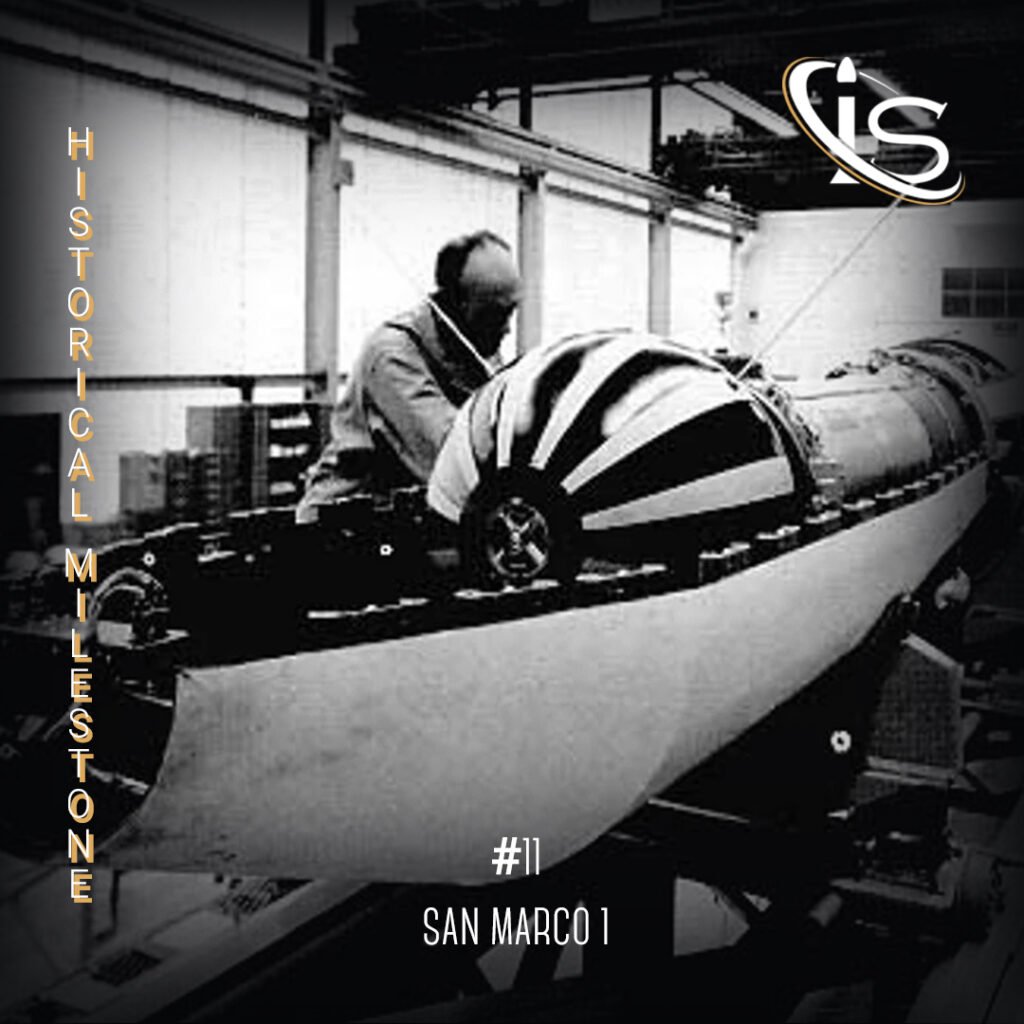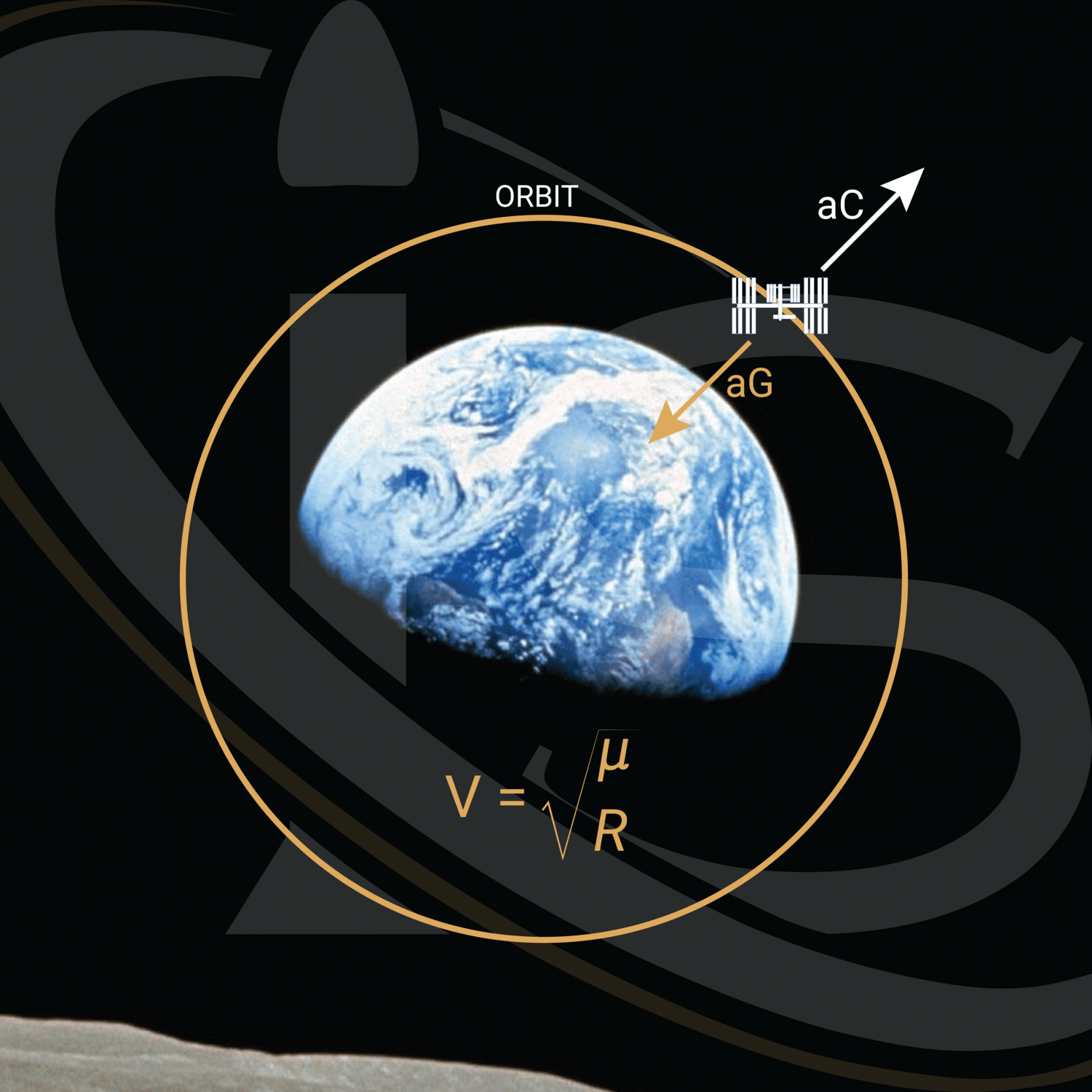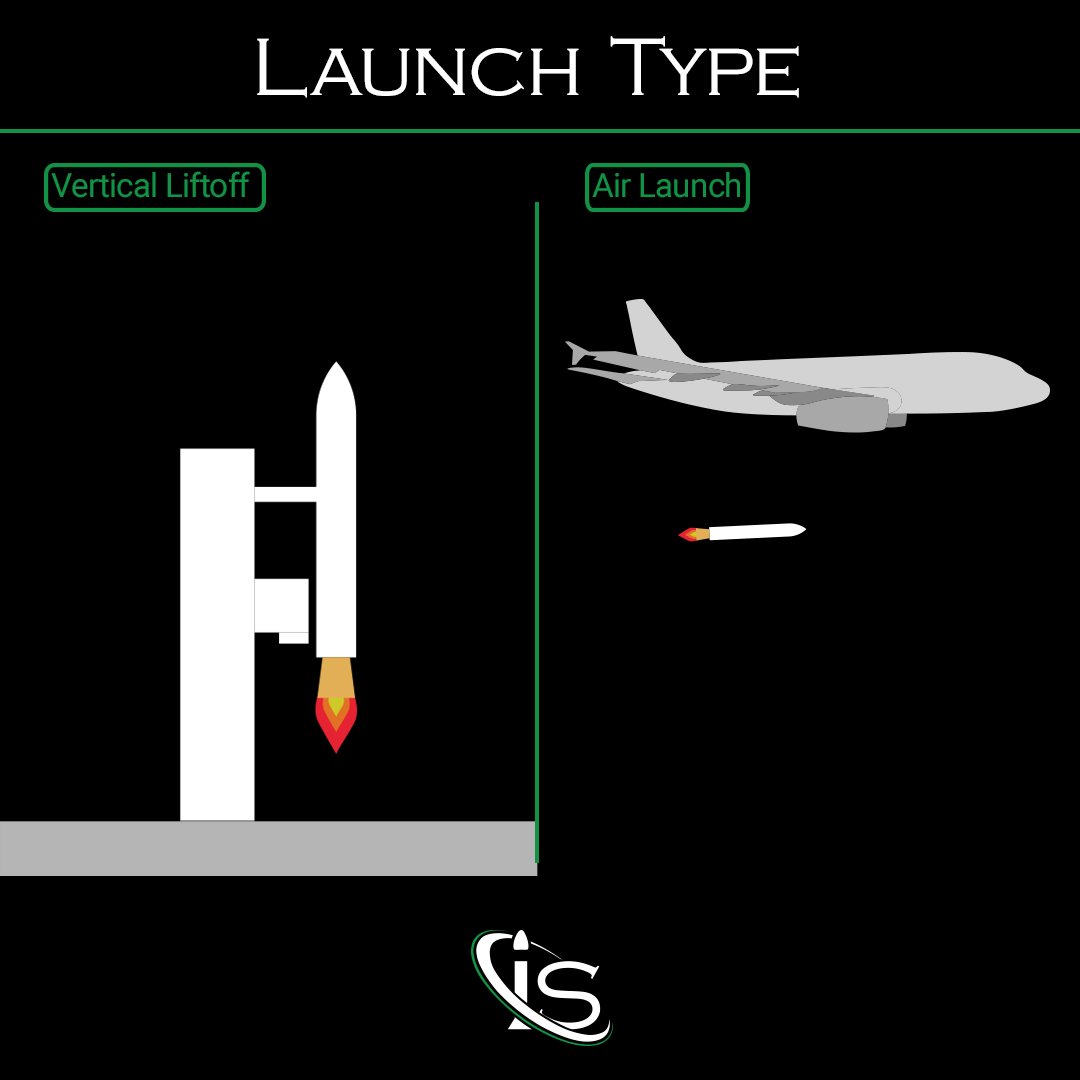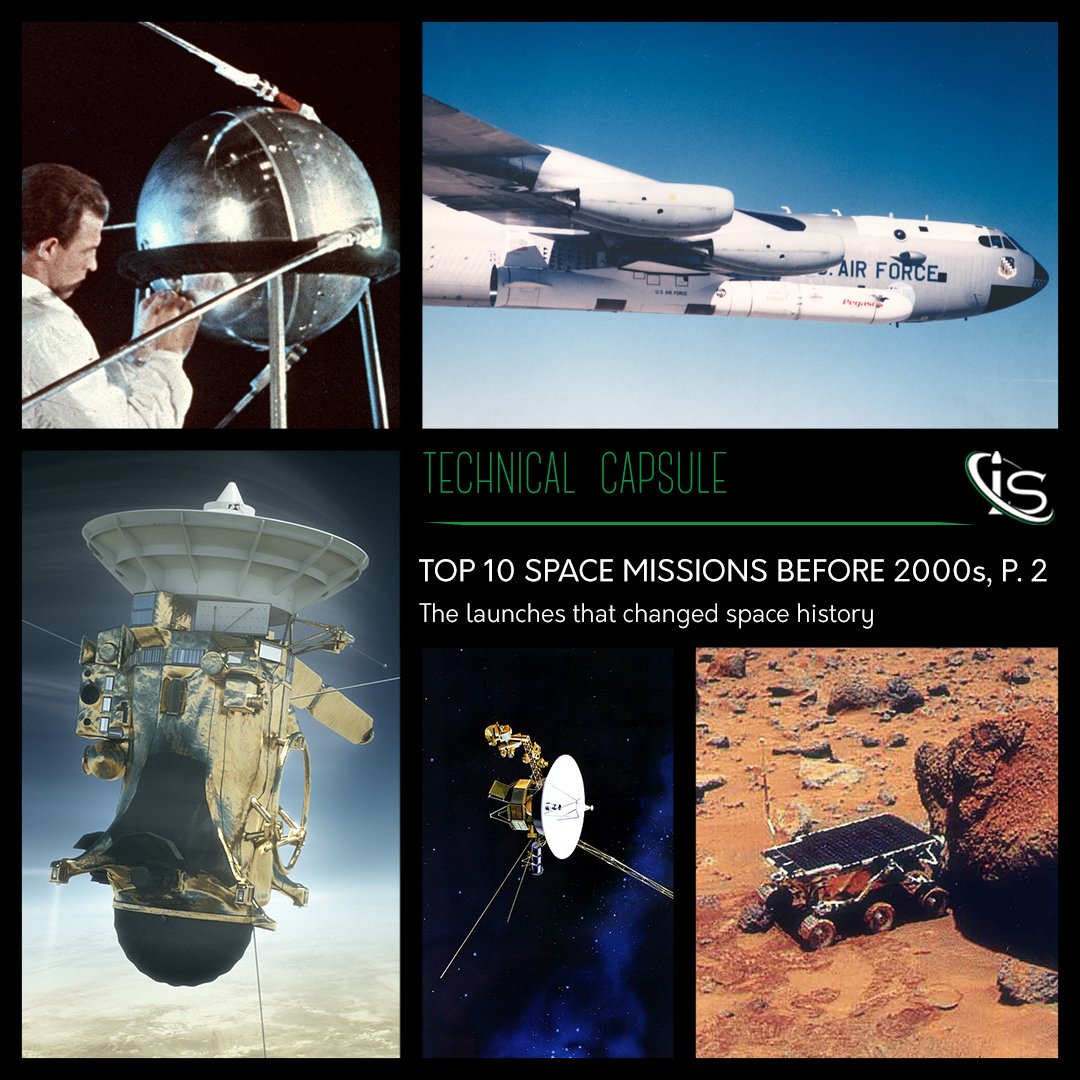We are back with another historical milestone. Not only that, but this will be the last one of the year. The focus for today is on the first ever Italian spacecraft — the satellite San Marco 1. This mission took place nearly 60 years ago, placing it right around the period of our last milestone, Mariner 4. Although the mission objectives of the two are very different. But now, without further ado, it is time to strap in for the final entry of the 2023 historical milestones.

San Marco 1’s Launch?
As was stated before, San Marco 1 was a satellite, and the first ever Italian spacecraft. But, given it was a satellite, it must have reached space aboard some other vehicle. In this case, that came in the form of a NASA 4-stage propellant Scout booster — although the crew involved was still fully Italian. As was the group that built the rocket CRS. The launch took place on this day, December 15th, 59 years ago, in 1964. And unlike many of the launches we discuss on these milestones, San Marco 1 did not (I repeat, did not!) take off from Cape Canaveral. Instead, it launched from Wallops Island, which is located in the state of Virginia.
Once it reached space, San Marco’s orbit was not quite the same as the planned one. As opposed to the 215 km x 680 km target orbit, it reached a 206 km x 820 km orbit. The satellite’s inclination was 37.79o and its period 95 minutes. But with the launch details out of the way, it is time to talk about the mission itself.
San Marco 1’s Mission
The start of San Marco’s mission was not a straightforward one. During the early stages of it, it was soon discovered that San Marco was not able to receive all the signals directed at it. This proved that the satellite had a limited range of communications. Therefore, it was decided to only communicate with San Marco 1 while it was within a relatively close distance to a ground station. Unfortunately, this meant that the satellite could not always be turned off when needed. This lowered its lifespan due to the battery draining unnecessarily. Especially since there was also a supposedly open diode in the battery cells, which only exacerbated the problem. To avoid consuming the 200-hour battery too quickly, all long-term transmissions were terminated for San Marco 1.

The Experiment
But with some of the difficulties out of the way, it is time to discuss the experiments conducted by San Marco 1. To be more exact, the two experiments performed by this machine: an air-drag and an ionospheric one. First, the air-drag experiment was conducted aboard San Marco 1. This was able to operate as expected all the way until the target date of December 30th, 1964. As soon as this first air-drag one was done, the focus of San Marco switched to the ionospheric one. The objective for this second one was to study the ionospheric effects on long-range radio communication. And while this, too, lasted the whole planned time of 2 weeks, by the end of it, the batteries were basically dead.
However, San Marco 1 did not go back down to Earth immediately afterwards. No. Instead, it would take until September 14th, 1965, for the North American Radar Defense (NODAR) to detect its reentry to be at approximately 34 N, 173 W. And if this location means anything to you … you are probably confused, as it is quite literally in the middle of nowhere. As in, the dead center of the Pacific Ocean. On the other hand, a piece of the four-stage igniter was later reported to have landed in Thailand. So, at least part of the spacecraft returned to a more recognizable location.
Until Next Time
To end this historical milestone, how about two more little fun facts. The first is that San Marco 1 also served as a test flight for Italy to start launching from its own San Marco platform. This satellite being a test flight is also part of the reason for it only performing two experiments. The second is that the satellite and facility are named after the patron saint of Venice. And with that, I will leave you for today. I hope you all enjoyed learning about this piece of history, and that you are all having a wonderful holiday season. “See you” all next week for a new science capsule, right here, at impulso.space.





